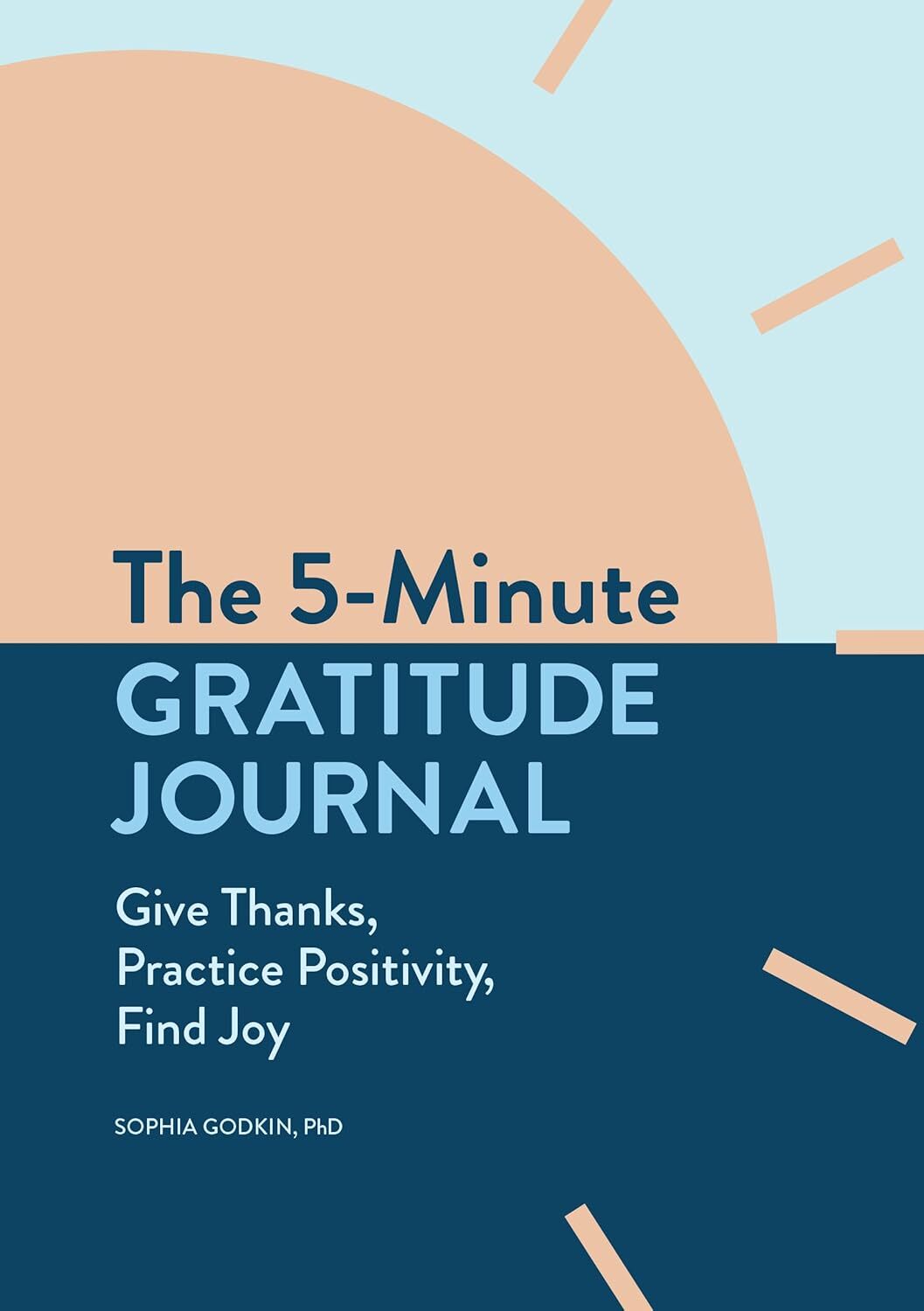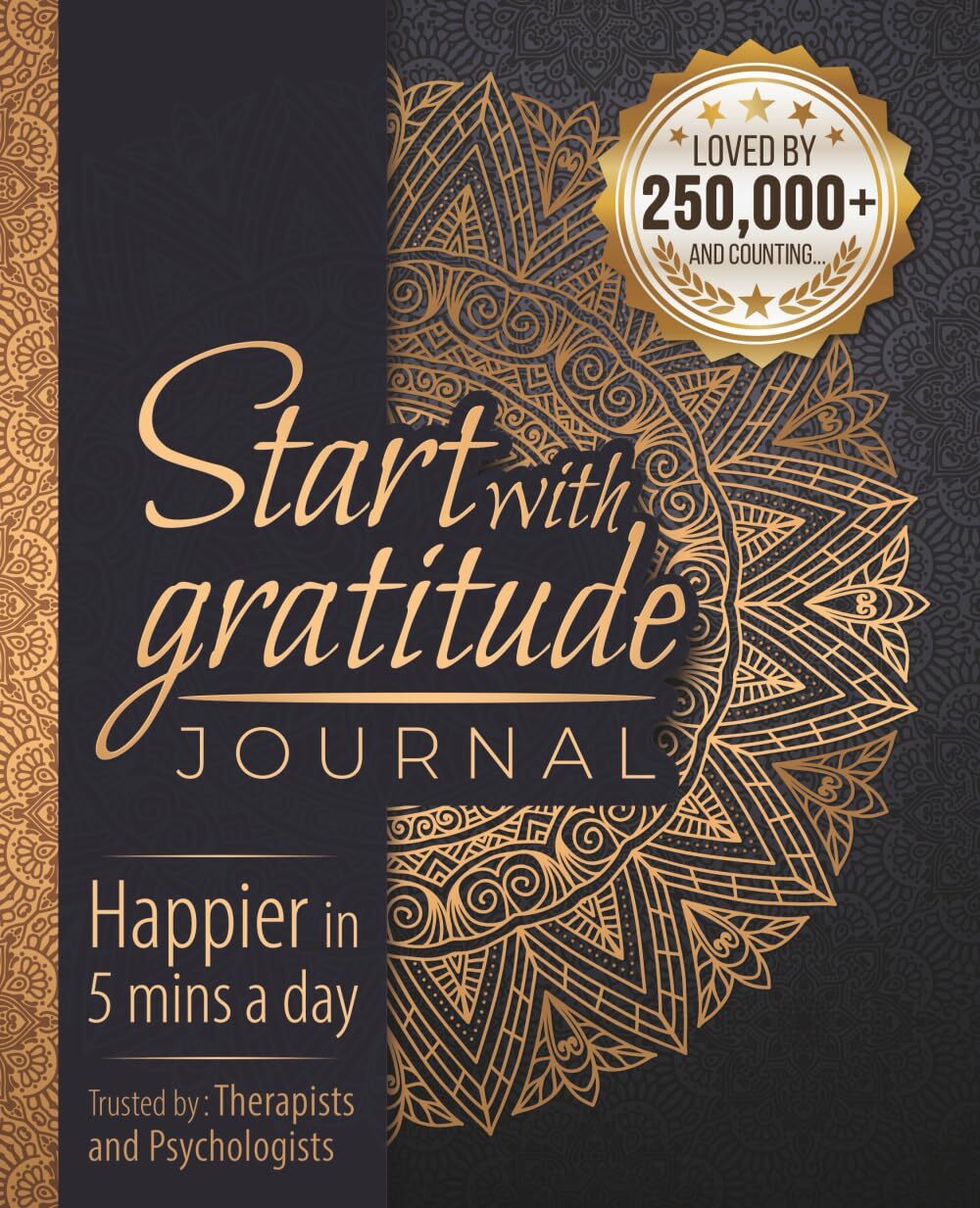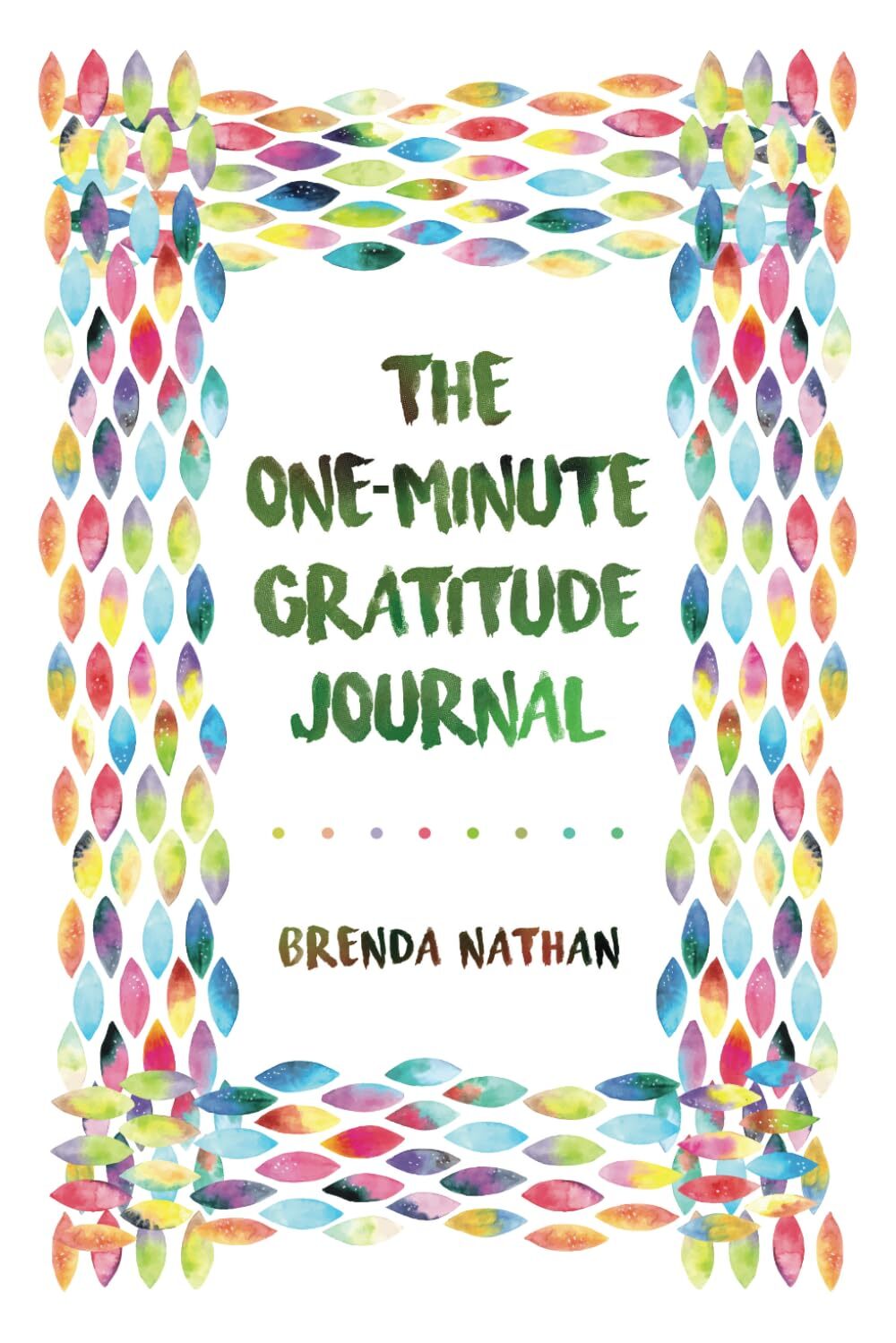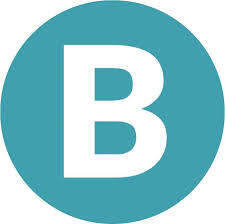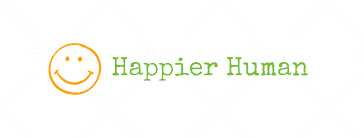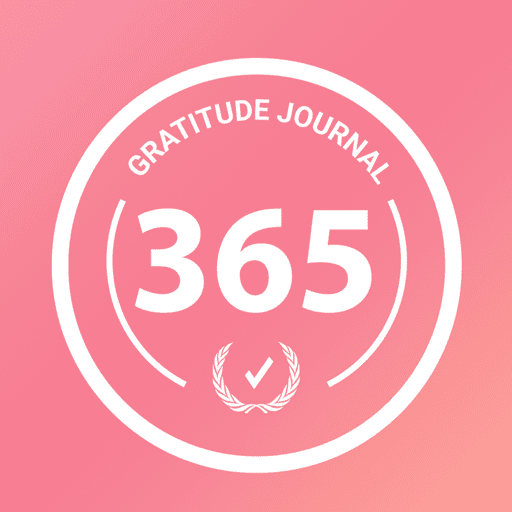Expressive Writing Journaling
Process Emotions and Foster Healing Through Reflective Writing

Introduction
Expressive Writing Journaling is a therapeutic practice where cancer survivors freely write about their deepest thoughts, feelings, and experiences related to their cancer journey. This tool supports emotional healing and resilience at all recovery stages by providing a safe space to process complex emotions and gain clarity.
Why It Works
Expressive writing helps cancer survivors release pent-up emotions, reduce stress, and improve mental health by externalizing internal struggles. It fosters emotional regulation, reduces anxiety, and enhances coping skills. Research shows that expressive writing can decrease psychological distress, improve immune function, and enhance quality of life in cancer survivors by promoting meaning-making and emotional clarity.
How To Do It
Instructions:
- What was one small thing that made your day better?
- Who is a person you appreciate, and why?
- What is a happy memory you can recall?
- What is a recent challenge you've overcome?
- What about your current environment brings you comfort or happiness?
- What part of nature are you grateful for today?
- What is a physical ability or aspect of your body that you are thankful for?
- What is a favorite meal or food you've recently enjoyed?
- What are you looking forward to in the coming week?
- What's a lesson you learned from a difficult situation?
Helpful Tips:
- Start Simple: Begin with 1-2 entries if time or focus is limited.
- Be Specific: Instead of writing "I'm grateful for my friends," try to be more specific, such as, "I'm grateful for my friend who texted to check in on me today".
- Begin with Standard Questions : Try questions like “What made me smile today?” or “Who supported me?”
- Practice Regularly: Daily or weekly journaling builds stronger habits.
- Center with Breathing: Take a few slow, deep breaths to calm your mind.
- Combine with Mindfulness: Pair with a brief meditation to enhance focus.
- Stay Flexible: Write in a notebook, app, or even voice notes for convenience.
- Personalize It: Include drawings, photos, or quotes that inspire gratitude.
- Track Progress: Note changes in mood or stress levels to see benefits over time.
Recommended Videos
How to Create a Gratitude Journal
The Planner Channel
How to Start a Gratitude Journal You'll Actually Keep
Caren Hope
How to Start a Gratitude Journal - Step by Step
Generation Calm
Influential Books
With this 5-minute positivity journal, you can bring more gratitude and happiness into your life each and every day.
Science-based gratitude journal for women and men, designed to increase your happiness, bring you more joy, and build lasting habits of positivity.
Cultivating an attitude of gratitude yields many benefits: physical, mental and spiritual.
* As an Amazon Associate I earn from qualifying purchases.
Helpful Websites
Popular Apps
Scientific Research
- Emmons, R. A., & McCullough, M. E. (2003). Counting Blessings Versus Burdens: An Experimental Investigation of Gratitude and Subjective Well-Being in Daily Life. Journal of Personality and Social Psychology, 84(2), 377-389. https://pubmed.ncbi.nlm.nih.gov/12585811/
- Wood, A. M., et al. (2010). Gratitude and Well-Being: A Review and Theoretical Integration. Clinical Psychology Review, 30(7), 890-905. https://pubmed.ncbi.nlm.nih.gov/20702713/
- Davis, D. E., et al. (2016). Thankful for the Little Things: A Meta-Analysis of Gratitude Interventions. Journal of Counseling Psychology, 63(1), 20-31. https://pubmed.ncbi.nlm.nih.gov/26502142/
Related Topics:
Strongly Related
Reduce Stress:
[Links to related web pages]
[Links to related web pages]
[Links to related web pages][Links to related web pages]
Moderately Related
Issue B:
[Links to related web pages]
[Links to related web pages]

